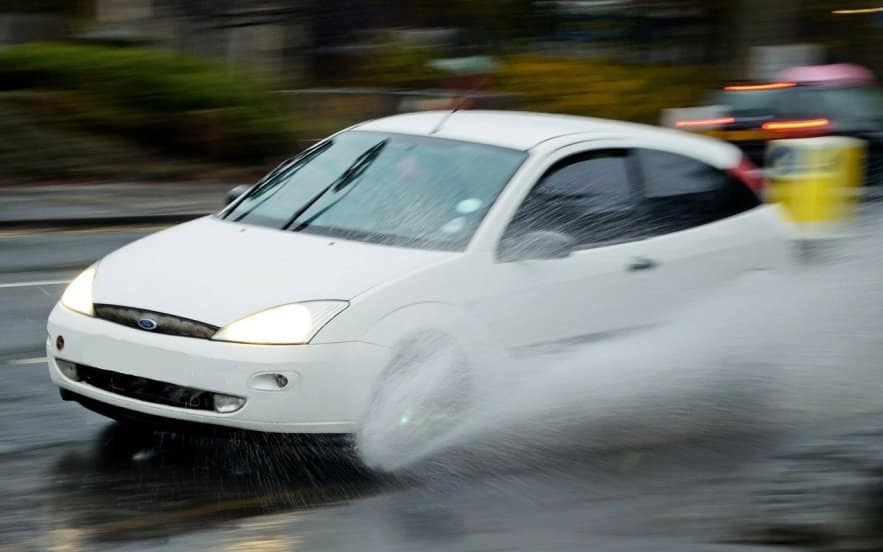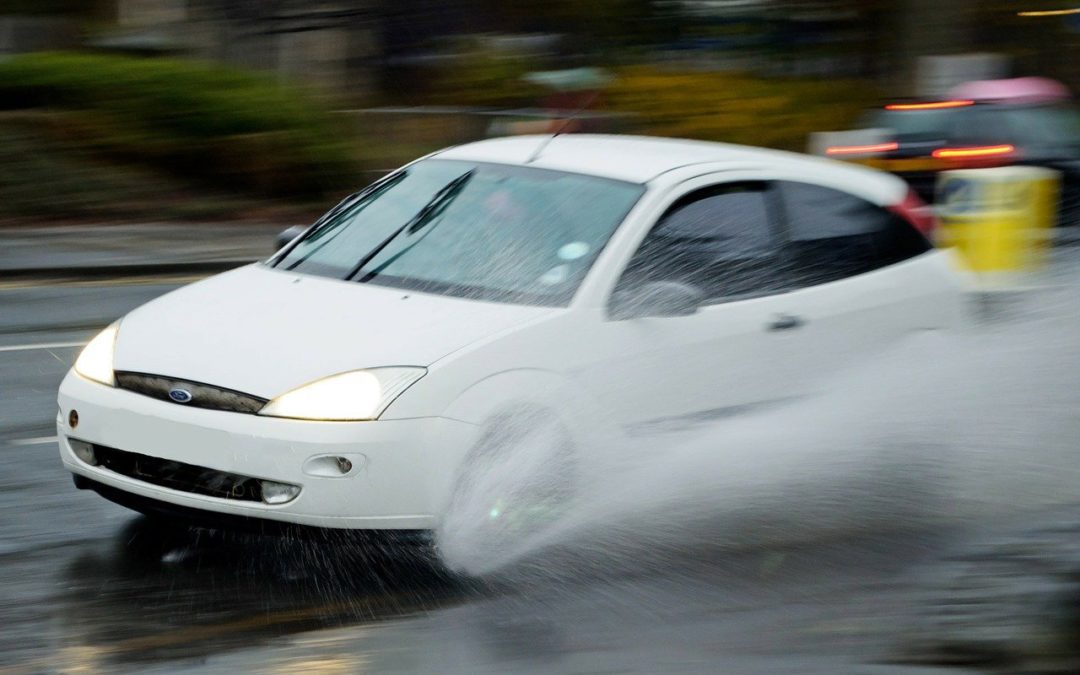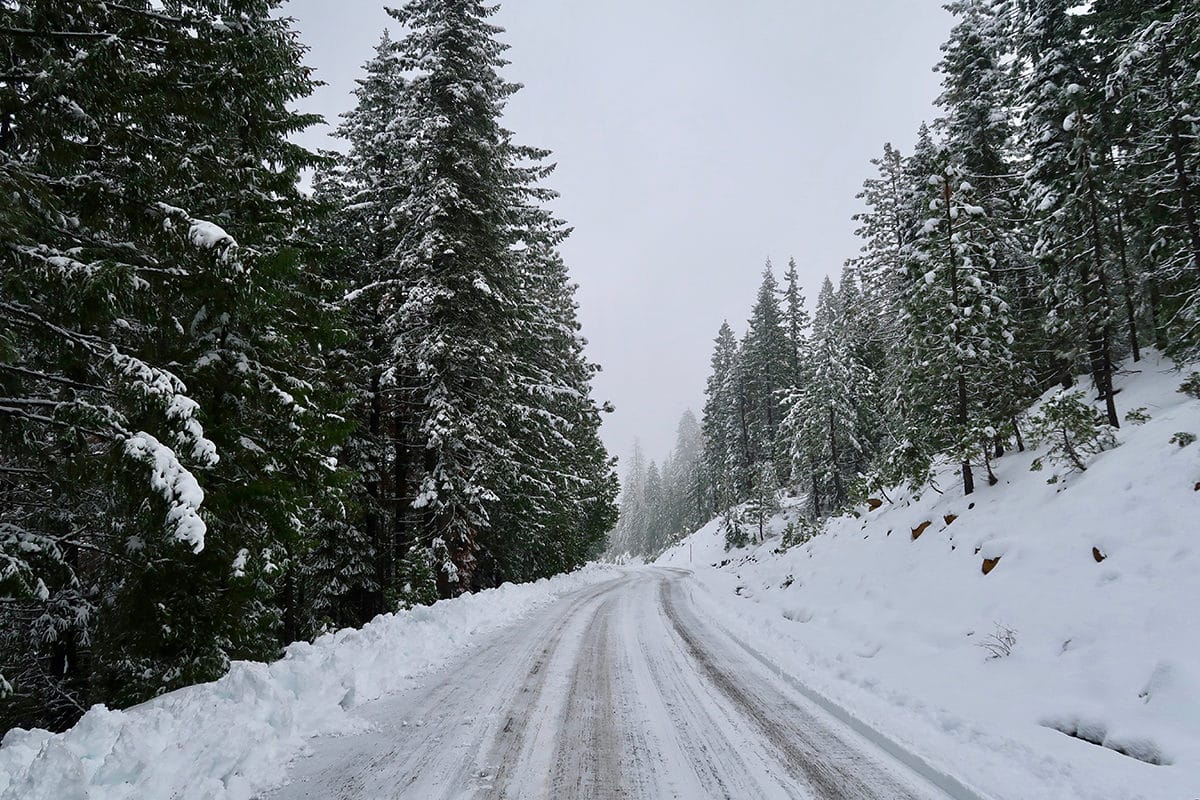
What is stopping distance?
Stopping distance is how far it takes your vehicle to stop after applying the brakes.
Calculating stopping distance is important for avoiding potential wrecks or hazardous situations.
Factors that affect the distance
There are many variable factors which can affect how long it takes your vehicle to stop. Here are some;
- Speed of the vehicle
- Weight of the vehicle
- Road conditions (slick, icy, snow, dry, wet)
- Vehicle brake conditions (old or worn pads and rotors)
- Braking technology in the vehicle (such as ABS)
- Tire conditions (bald tires)
This leads us to the actual formula for working out braking distances.
The formula is based on the velocity (speed) of the vehicle and the coefficient of friction between the wheels and the road.
Stopping Distance = Velocity² / 2(coefficient of friction)(gravitational acceleration)
Yeah so anyway, right as a deer runs out in front of you, you’re thinking, “so what is 50mph squared…divided by..?” splat.
Ok, that doesn’t work. Unless your maybe a physics or maths whiz, it’s not realistic.
Here is a slightly easier formula posted on driving instructor, Michael Nixon’s website.
These are assuming dry weather and a good surface.
20mph = x2 = 40 feet
30mph = x2.5 = 75 feet
40pmh = x3 = 120 feet
50mph = x3.5 = 175 feet
60mph = x4 = 240 feet
70mph = x4.5 = 315 feet
Double (X2) those distances for wet roads, and times ten (X10) for snow/ice.
Calculate the stopping distance the EASY WAY.
This is not a braking distance, but a good place to start.
According to Smartmotorist.com, you should apply the “3-second rule“. This means you find a fixed object on the side of the road such as a road sign or mile marker.
When the vehicle in front passes the sign, count to three and by that time, you are then passing the same road sign/object you picked.
At 65mph, you can travel almost 100ft per second.
The three-second rule should give you around 288ft in distance between you can the vehicle ahead.
This is based on dry good conditions. Increase the number of seconds for wet roads and inclement weather.
Double for wet roads (6-seconds) and ten times for snow (30 seconds).
Maintain a Safe Following Distance.” Maintain a Safe Following Distance (The 3 Second Rule). Smart Motorist, n.d. Web. 21 Apr. 2017. <http://www.smartmotorist.com/traffic-and-safety-guideline/maintain-a-safe-following-distance-the-3-second-rule.html>.
Nixon, Michael. “An Easy Way to Work Out Stopping Distances.” An Easy Way to Work Out Stopping Distances | Mike Nixon. N.p., n.d. Web. 21 Apr. 2017




Recent Comments